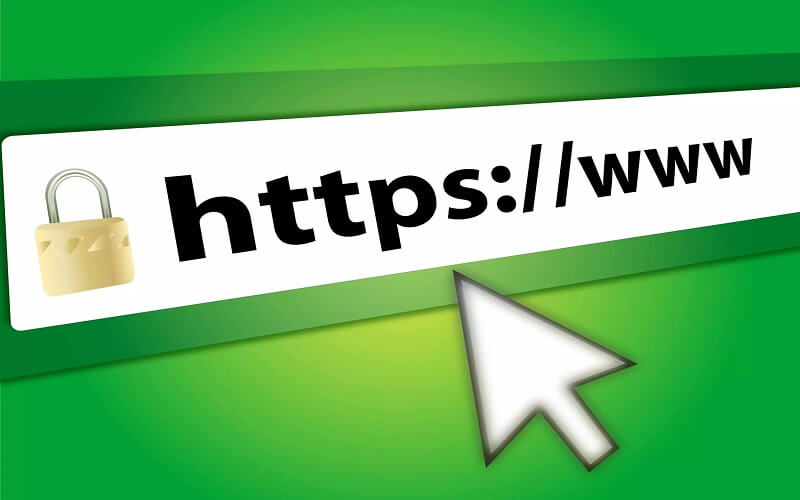
The trend of virtual offices has facilitated the employees to perform official work from the comfort of their house without being physically present in the office.
Hence, how do employees work remotely, access their desktops, key data, servers, and other applications, without being physically present? Well, remote support software is present to help employees remain online and connect to their systems remotely.
Once the connection is set up, users can carry out different operations including file transfer, remote printing, and debugging.
Remote support software is a tool permitting technicians to connect to a remote device using the internet, to access it, and to execute certain operations.
The software solution works on the client-server model and a communication protocol is needed to set up a secure connection between the client and the server.
All the computing work and data saving work on the server device and the changes are made on the client device’s UI. The server is responsible to process the commands and performs operations on the local device.
Earlier, remote support software was commonly used by IT teams, but with the work-from-home trend, more and more teams are making use of remote access tools.
Traditionally when employees face connectivity and installation problems, they often reach out to the IT help desk, but with remote support, a technician can simply connect to the client’s device using virtual access established using a cloud gateway.
Once the connection is established, the technician takes control of the device, checks the problem, and performs different tasks including troubleshoot issues, install updates, and testing.
Remote Support is of two types mentioned below for better understanding.
-
Attended Remote Support
When a user accessing an application, comes across a problem and calls the support line, the technician fixes the system by securely connecting to it. They’ll resolve the problem and offer instant satisfaction to customers.
-
Unattended Remote Support
Unattended Remote Support is crucial among IT firms where the support teams connect to the client device even when the client is not using the computer device. The support team sends the application and installs it on all the devices to be managed.
Unattended Remote Support Software is usually outsourced by managed service providers who have to monitor their clients’ servers and workstations on a continuous basis.
However, even internal IT teams in big organizations also make use of unattended remote support for timely maintenance.
How does Remote Access Software Work?
When a user commences a remote desktop session, the client machine transmits a signal using a standard listening port through the internet to the machine and works as a host.
The client machine wants to connect and looks for permission to log in and access the system.
Next, the host device responds and asks for the login details. Once the credentials are provided, the host machine checks using an internal validating method.
Once logged in, the user can see the screen of the hosted device and take control of the system to carry out different operations.
Potential Issues Affecting Remote Support Software
-
Downtime
A remote support system is solely dependent on your internet connection. There can be a time when your network is experiencing downtime and the entire support operation may come to a standstill. Companies must ensure they have a stable, trustworthy, and fast connection to keep the systems up and running.
-
Performance Loopholes
Since several users try to access the system simultaneously, it’s natural to face a reduction in performance. Always try to go for the systems meeting your needs and adapting themselves to the organization’s needs.
-
Hardware Issues
In case a problem occurs with the hardware, the technician needs to physically travel to the client’s location and rectify the issue. This can take more time to identify and fix the issue.
Parameters to Select Best Remote Support Software
Choosing a remote support software depends on different factors including the number of users, devices, operating system, and budget.
The remote support must provide 24/7 assistance, so users running in multiple time zones can connect smoothly. Moreover, customer support should provide support on the phone, chat, email, as well as video conferencing.
The software should also provide a gateway and communication medium, for the technician connectivity with the client throughout a remote support session. Given below are some of the key elements to consider when selecting remote software:
-
Usability
Remote support software is majorly used by end-users instead of technical teams and it’s therefore important to ensure the software is simple to connect and use.
-
Security
One of the important concerns of IT companies is to protect themselves from emerging cybercrimes. Security is of paramount relevance when choosing remote software.
Consider important features like multi-factor authentication, encryption, and data privacy. The remote support software should maintain a secure and stable connection as per the industry standards.
-
Compatibility
Remote software may need integration with existing infrastructure. It’s recommended to check the multi-platform compatibility before you zero in on remote software.
-
Ease of Usage
Remote support software must have a user-friendly interface, thus technicians can start addressing issues without any delays. Features including drag and drop functionality can simply speed up file transfers and boost the troubleshooting experience for your support team.
-
Collaboration
To address an issue, there could be a need to involve different technicians of varying skill sets. An ideal remote support software solution must facilitate multiple technicians to work on the same issue simultaneously.
-
Customization
Not all companies have a similar set of needs or concerns. The remote support software must provide the flexibility to customize the features as per the customer’s needs.
-
Scalability
The continuous growth of the organization demands a scalable and enterprise-grade solution. Your solution must be scalable with changing business requirements.
So, these are the essential parameters that need to be checked before making a selection of Remote Access software in 2021.
Wrapping Up:
Remote access software solutions will stay for longer and business enterprises need to guarantee they have the right strategy to apply diverse remote solutions.
This will help them to stay competitive and offer optimized customer service. In order to achieve business goals, remote solutions will be in demand and organizations will have a lot of work to do.
Chandan Kumar is working with a top-rated IT service provider company, OrangeMantra as a senior research analyst. Having years of experience and expertise in IT industry, you can avail the latest information on remote solutions. Share your comments and feedback to improve our blog.










